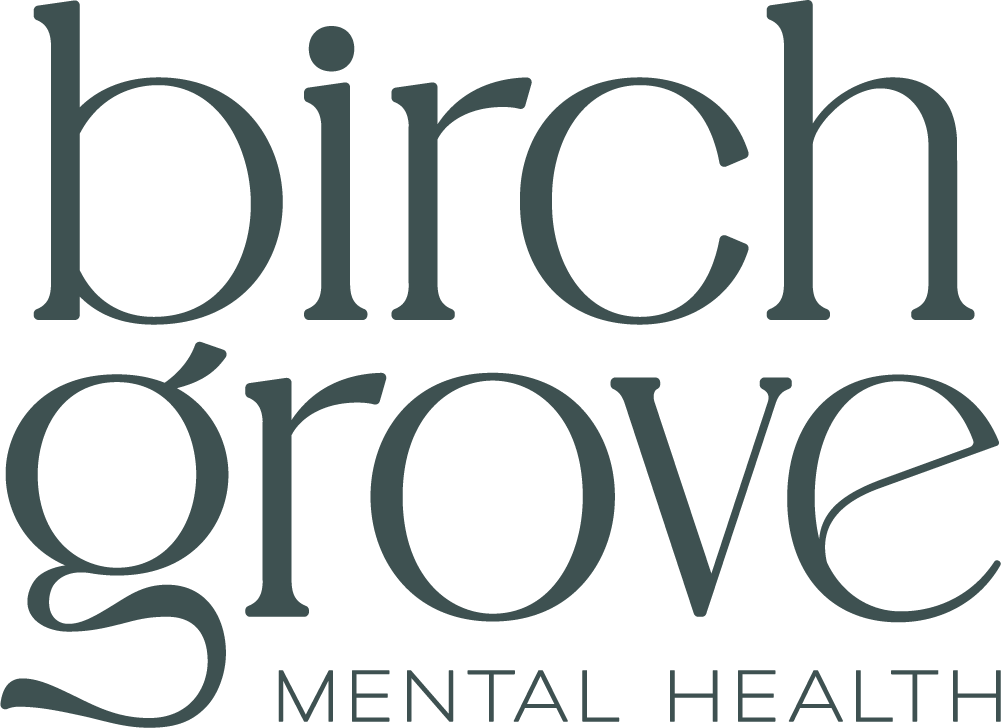Seasonal Affective Disorder (SAD) is a type of depression that occurs at specific times of the year, typically during the fall and winter months when daylight hours are shorter. Individuals with SAD may experience symptoms such as low energy, irritability, difficulty concentrating, changes in sleep patterns, and feelings of hopelessness. Implementing effective coping strategies can significantly improve one’s quality of life during these challenging periods.
1. Light Therapy
Exposure to bright light can help regulate the body’s internal clock and alleviate SAD symptoms. Light therapy involves sitting near a light box that emits bright light, mimicking natural sunlight, for about 30 to 60 minutes daily. This treatment has been effective in reducing depressive behaviors associated with SAD.
2. Cognitive Behavioral Therapy (CBT)
CBT is a form of psychotherapy that helps individuals identify and challenge negative thought patterns and behaviors. For those with SAD, CBT can be particularly beneficial in developing coping strategies tailored to the winter months, such as engaging in enjoyable activities and setting achievable goals.
3. Physical Activity
Regular exercise, especially outdoors, can boost mood and energy levels. Engaging in physical activities increases endorphin production, which helps reduce stress and improve overall well-being. For instance, learning to ski or participating in winter sports can provide both physical exercise and exposure to natural light, offering dual benefits for those coping with SAD.
4. Vitamin D Supplementation
Reduced sunlight exposure during winter can lead to lower vitamin D levels, potentially exacerbating SAD symptoms. Taking vitamin D supplements may help compensate for this deficiency and improve mood.
5. Maintain Social Connections
Staying connected with friends and family can provide emotional support and reduce feelings of isolation. Engaging in social activities, even when not feeling up to it, can help counteract the withdrawal tendencies common in SAD.
6. Establish a Routine
Having a structured daily routine can provide a sense of normalcy and purpose. Incorporating regular sleep patterns, meal times, and activities can help stabilize mood and energy levels.
7. Embrace Hygge
Adopting the Danish concept of “hygge,” which involves creating a cozy and comfortable environment, can enhance mood during the winter months. This might include lighting candles, enjoying warm beverages, and indulging in comforting activities at home.
Implementing these strategies can help manage and alleviate the symptoms of Seasonal Affective Disorder. It’s essential to consult with a healthcare professional for personalized advice and treatment options. If you are seeking guidance and professional support, visit Birch Grove Mental Health.
Sources:

